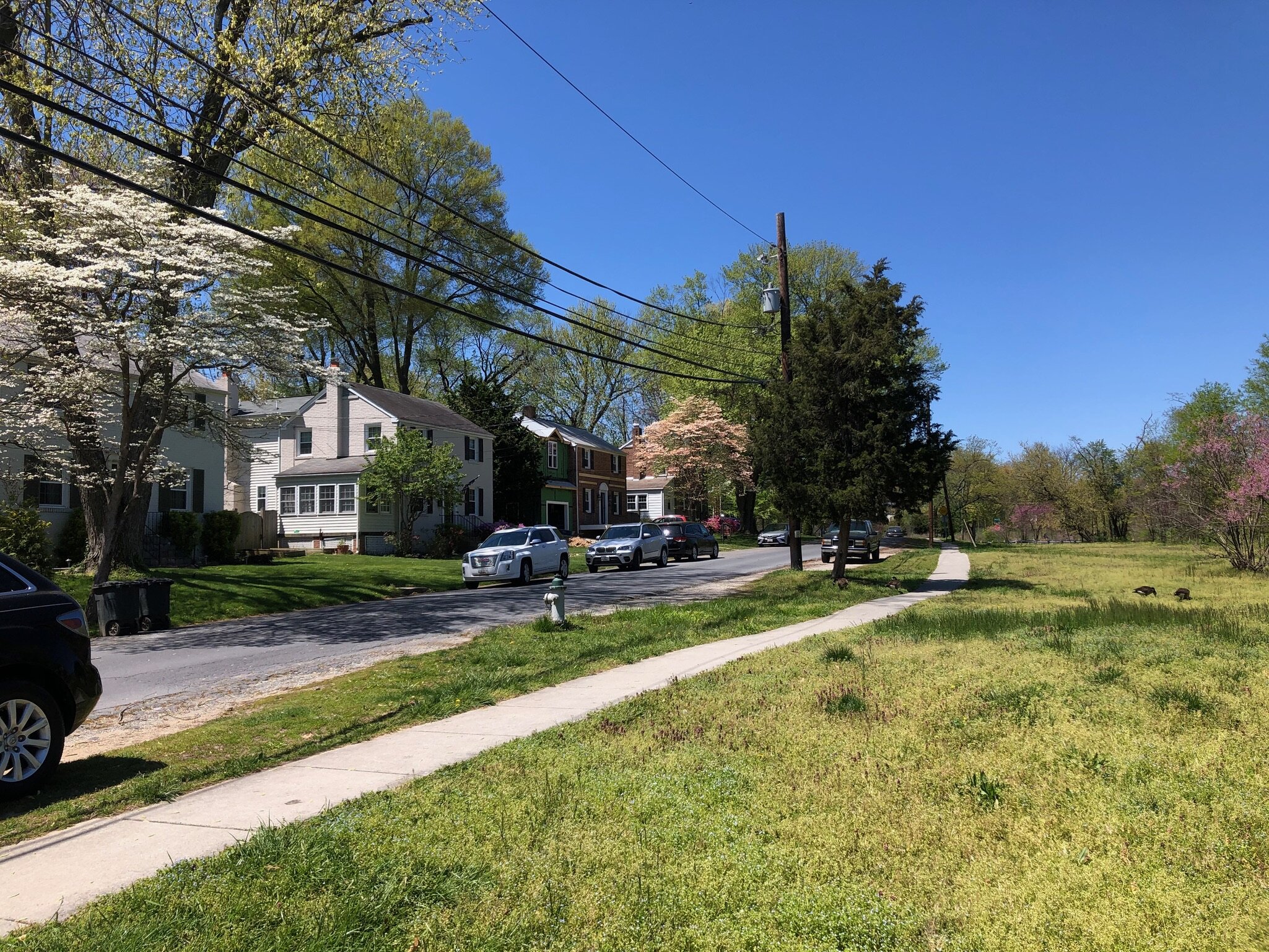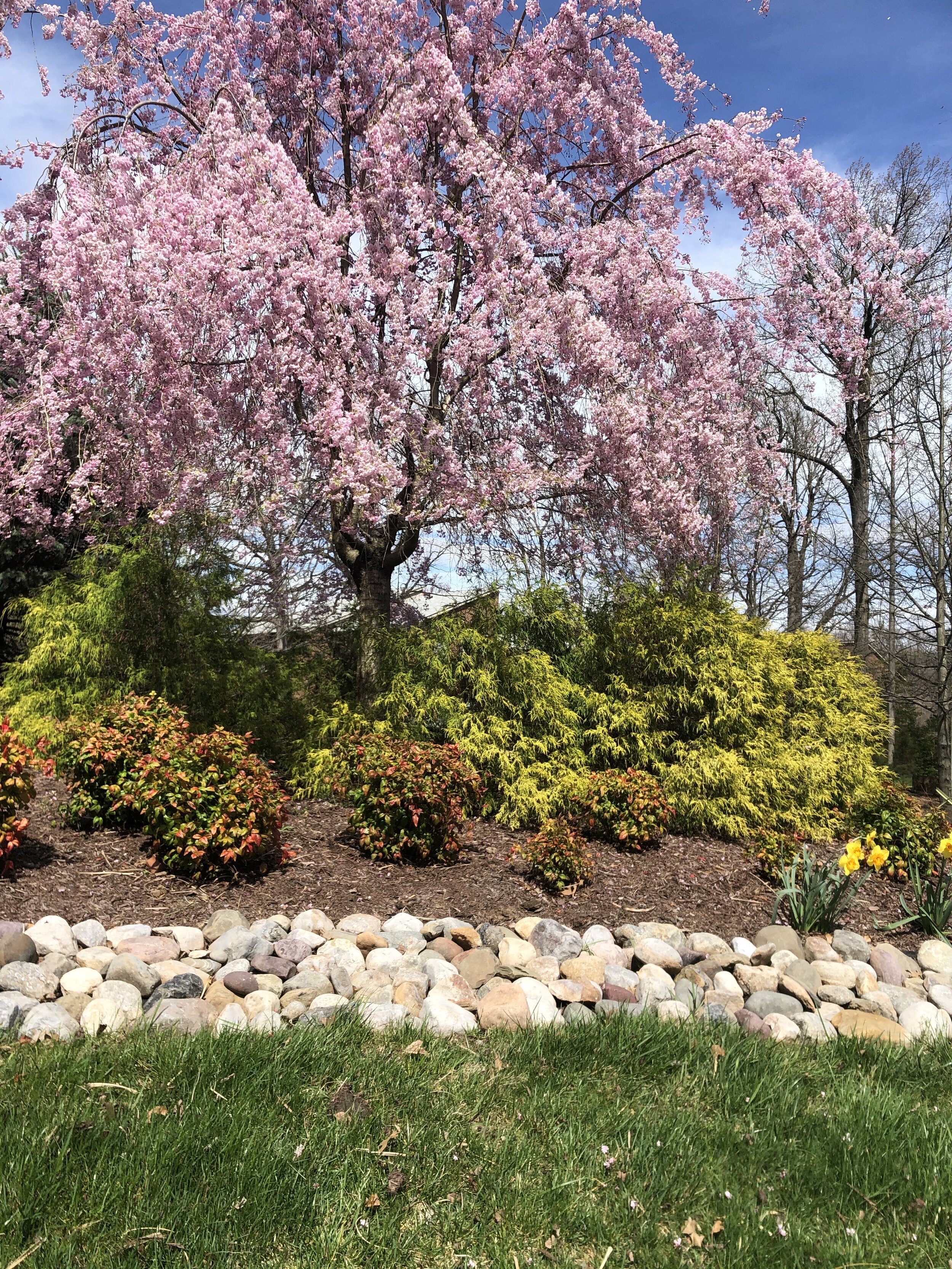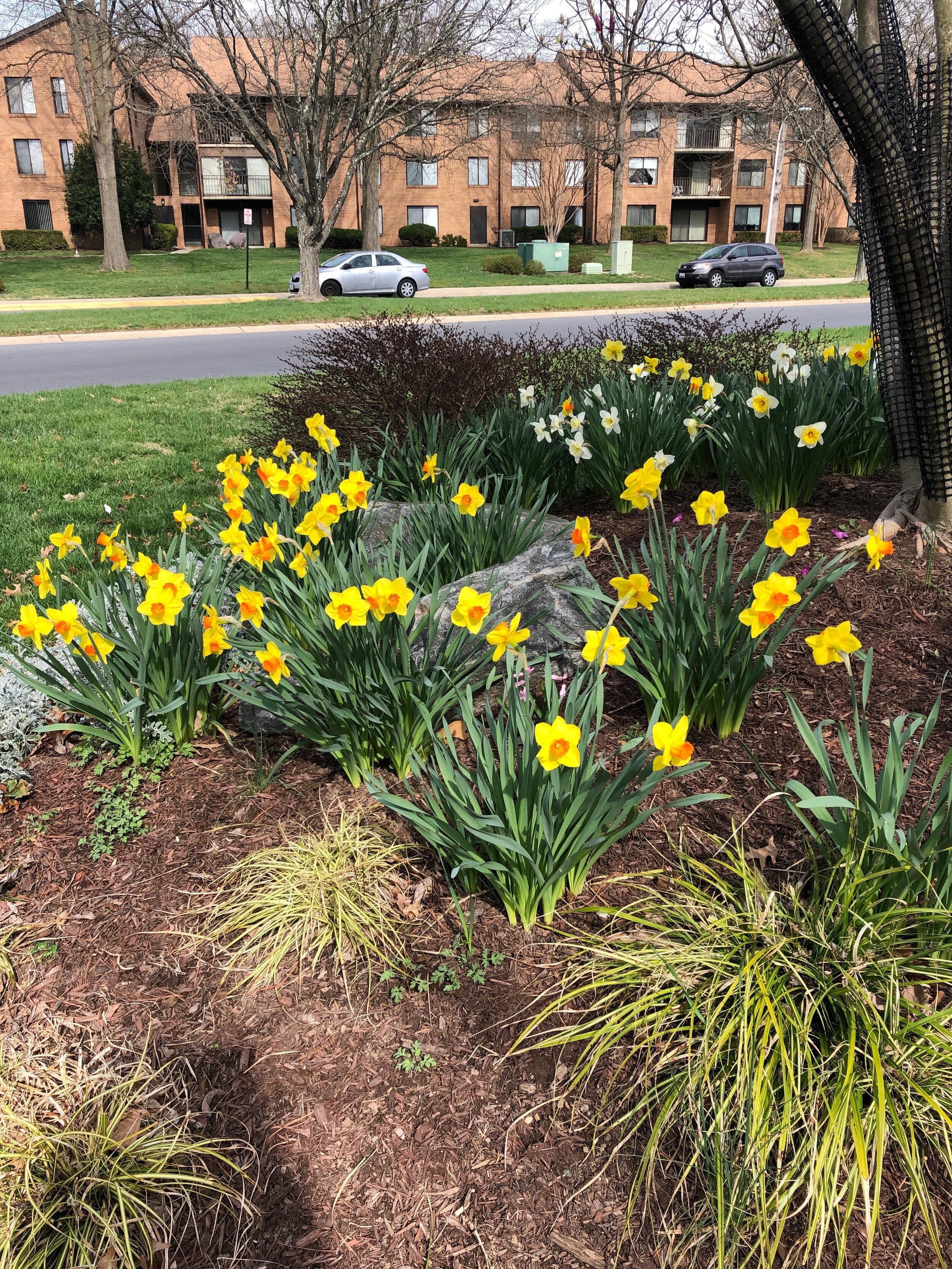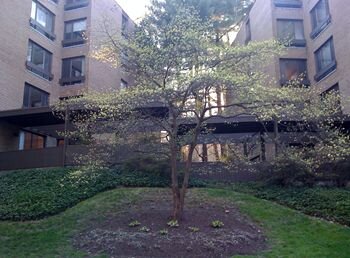Updated: Condo/HOA Fees at Leisure World
/I see that my article from 2021 about Condo/HOA fees at Leisure World is still my most-read article. Four years have gone by since I originally wrote the article. Here it is again, updated with current information. Please feel free to reach out to me with questions, or if you’d like me to help you buy or sell a condo or co-op at Leisure World!
When I work with clients who want to buy or sell homes at Leisure World, the questions I receive more than any others have to do with the condo/HOA fees at Leisure World. What are they, what do they cover, etc. So I thought it would be helpful to do a blog post dedicated solely to that topic.
Leisure World is a huge place—more than 8000 residents living on more than 600 acres. It’s also very decentralized—each neighborhood is called a mutual. There are 29 different mutuals at Leisure World. Some mutuals consist of just one high-rise building, some consist of several low-rise buildings, and some consist of a number of patio homes or townhomes.
Each mutual sets its own condo or co-op fees, so they vary a lot, based on mutual, square footage of the unit, whether the unit has a garage spot included, etc. In general, the combined HOA/Condo fee ranges from $765 - $1765 a month, depending partially on size of the unit and what mutual it’s in. Does that sound high? It might, but you get a lot for your money.
The HOA/condo or co-op fee always includes a basic cable package, high-speed internet, water, sewer, common area maintenance, snow removal, lawn care, etc. It also includes almost all of the amenities at Leisure World, such as the outdoor pool, indoor pool,the fitness center, tennis and pickleball courts, walking trails, the shuttle system, etc. In some of the homes and low-rise condos it also includes electricity. So, when you add up how much you might be paying for these kinds of services and amenities in your current home, you might find that the condo/HOA fee really isn’t more than you’re currently spending.
I help lots of people buy and sell homes in Leisure World. If you’re interested in learning more about Leisure World, or in working with me, please feel free to contact me. Thanks!

















